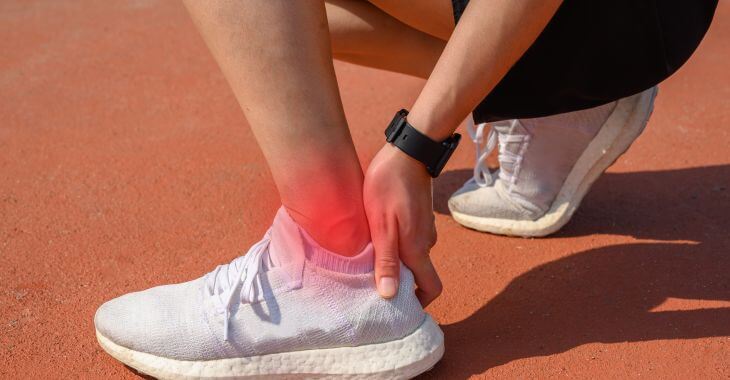Get Back to Work Faster with Physical Therapy for Work Injuries
Workplace injuries are extremely common, from minor injuries to fatalities. According to the Bureau of Labor Statistics, in 2014 there were almost three million non-fatal work injuries in the U.S. This is a rate of 3.2 injuries per 100 workers. Many of these workers were injured to the point that they needed medical attention and time away from work to recover. Although worker compensation insurance can help replace some of the wages lost while recovering from an injury, it is not equal to a full salary. Getting back to work as soon as possible is a necessity for many workers, which is why physical therapy is needed for work injuries.
Reduce Time Lost from Work with Physical Therapy
While many injuries may heal on their own, it can take longer to recover without the specialized assistance of physical therapy. To be released back to work after an at-work injury, you may need to prove you are able to perform your duties again. Physical therapy for work injuries is designed specifically to meet these expectations.
By using a physical therapist, you can focus on performing work conditioning that will help you get back to your job faster. Plus, you may need to have a Functional Capacity Evaluation (FCE) before you will be allowed to return to work. Your physical therapist can work with you and your regular physician to get you back to doing the physical requirements for your job.
Losing time from work can be hard on your finances and your family. Make use of the opportunity to undergo physical therapy to quicken your recovery. Most worker’s compensation insurance will cover the costs, giving you the benefit of faster healing without any personal expense.
Posted on behalf of:
Sovereign Rehabilitation
5555 Peachtree Dunwoody Road Northeast #225
Atlanta, GA 30342
(404) 835-3340
The information provided on this website, including text, graphics, images, and other materials, is intended solely for informational purposes and should not be used as a substitute for professional medical advice, diagnosis, or treatment.



)